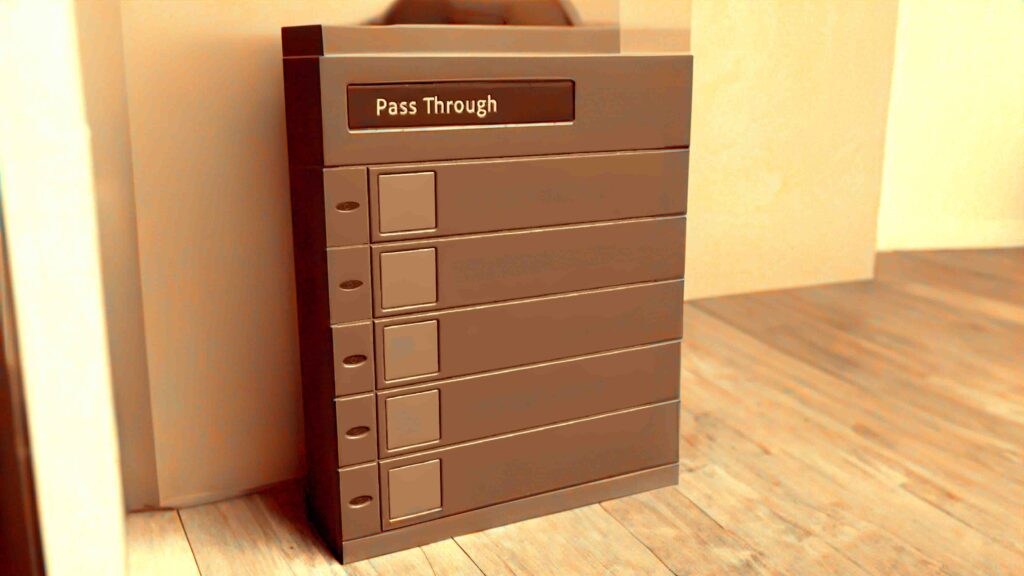Introduction:
When you work with many layers, you may fine-tune your adjusting choices per-layer basis, such as blending with different effects, utilizing a layer mask, or even changing the selected luminosity values by modifying the Blend-if option.
However, when the number of layers increases, regulating the workflow becomes more difficult, and grouping the levels comes in handy. When you combine several layers on the Mac by hitting CMD + G (or CTRL + G on Windows), the blending mode of the combined layer group is set to “Pass Through” by default.

This maintains the sequence of your adjustment layers while impacting all the levels underneath, including those outside your group. Clipping mask or simple layer mask are commonly employed to avoid this, but they have significant drawbacks.
As a result, altering the blending mode from “Pass Through” to “Normal” might preserve your adjustment layers, just affecting the layers in the same group. Furthermore, depending on the mixing style you use, you may obtain a variety of outcomes.
In short,
“Pass Through” is the default Blend Mode for Layer Groups. It enables any Adjustment layers inside the group to affect any levels below it, including those not within the group. In other words, the group serves just organizational functions.
Blending Modes are mathematical equations that blend layers depending on hue, saturation, brightness, or a combination of these factors. Blending Modes let you apply overlays, textures, or target modifications to particular regions of your picture without having to create layer masks.
Non-destructive effects can be achieved with Blending Modes. The mix you apply changes the visual output rather than the pixels. The Blending Mode may always be changed or removed.
The blending mode selected in the options bar determines how a painting or editing tool affects pixels in a picture. When visualizing the effect of a blending mode, consider the following colors:
The Pass-Through blend mode is something you may have noticed while working with layer sets. The blend modes are accessible via the drop-down menu at the top of the layer’s panel. The Pass-Through blend mode shows when you have a layer set active. With this blend mode, all layers inside a set behave as standard layer stacks, blending with any layers below or with the backdrop as if they were not in a set. For example, if you have an adjustment layer in the set, its impact “passes through” the set to affect any layers beneath it.
When you choose the Normal blend mode for a layer set, the adjustment layer only affects the layers within the set. When Normal is selected, layers within a set are composited together based on their respective blend modes, and the resulting “composite” is treated as if it were a single layer set to Normal.
It’s similar to a hidden language between layers, allowing them to communicate and collaborate without the use of several clipping masks.
Assume you have a layer group that has many adjustment layers and special effects. By changing the group’s blending mode to Pass Through, you may make changes to individual levels without impacting the ones below. It’s like having a backstage pass to alter and fine-tune your design with no consequences later.
Suppose you have a complicated composition with several pieces organized in layer groups. You may build dynamic interactions between layers by carefully employing the Pass Through blending mode, where effects and changes performed in one group easily mix with layers in other groups.
You may add eye-catching effects and filters to a layer group using the Pass-Through blending mode, and these effects will spread their enchantment to the layers beneath. For example, in a digital painting, you may add a shimmering aura to a character, and the light will radiate through the layers below, creating an ethereal and appealing appearance.
To apply the Pass Through, blend mode to a group, select the group, and choose “Pass Through” from the blend mode dropdown menu in the Layers panel.
Once applied, Photoshop calculates the composite effect of the group, taking into account the blending modes and opacity settings of the individual layers within the group. This means that each layer can retain its unique blending mode and transparency while being influenced by the Pass-Through effect of the group.
Blend modes may be set to any layer, including mask, adjustment, and filter layers. The blend mode is set to ‘Normal,’ and no special compositing is used. The default for a layer group is ‘Pass-through’ (the group has no specific blend parameters of its own).
The blend mode for a layer group is set to ‘Pass-through’ by default. This blend mode has the following effects on grouped layers:
Layer effects and brushes can both use the same blend modes.
Layer blend modes are organized and categorized according to their blending impact on the layer content.
If you would like to add more than one-layer mask to a single layer, group it and then add a mask to that group. In fact, you may keep stacking layer groups and adding masks up to ten times (5 times in CS4 and lower). This will result in 11-layer masks for a single layer!
You can perform the same thing with vector masks or both.
This is an example of how the layer’s panel may appear.
Although the Pass Through mix mode has many advantages, it does have certain limits. For instance,
In conclusion, the Pass Through blend mode in Photoshop is a game-changer when it comes to applying blending effects to groups of layers. It offers a unique approach by passing the blending effect through the entire group while maintaining each layer’s individuality.
This opens up a world of creative possibilities, allowing for sophisticated designs. The Pass-Through blend mode respects layer hierarchy and enable the nesting of multiple groups; overall, the Pass Through blend mode is a powerful tool that empowers designers to create stunning and cohesive compositions in Photoshop.